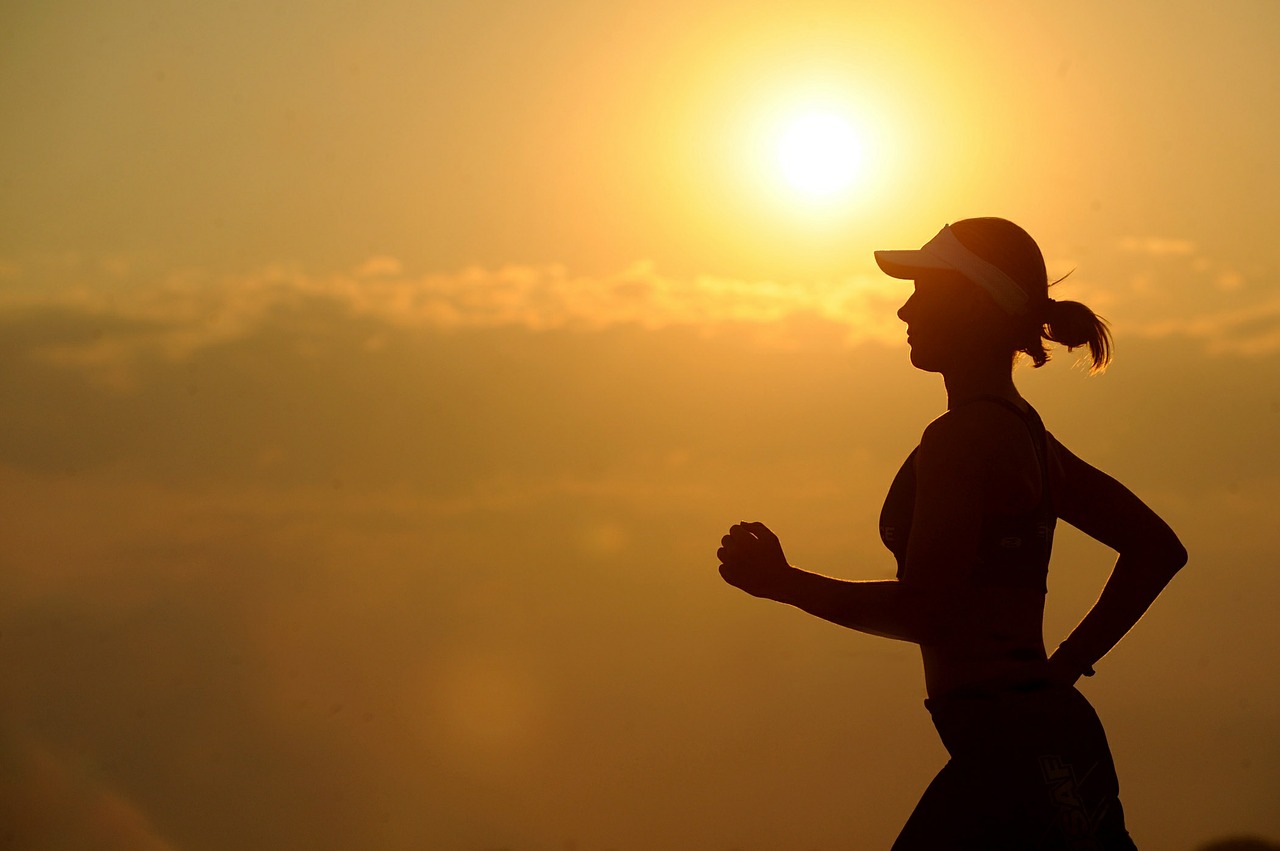Blood test may help identify fetal alcohol spectrum disorders, research shows

(COLLEGE STATION, Texas) — Researchers at the Texas A&M College of Medicine, the University of California San Diego School of Medicine and the Omni-Net Birth Defects Prevention Program in Ukraine have identified a blood test that may help predict how severely a baby will be affected by alcohol exposure during pregnancy, according to a study published today in the journal PLOS ONE. The findings could facilitate early intervention to improve the health of infants and children who were prenatally exposed to alcohol.
Fetal alcohol syndrome is a severe form of a spectrum of mental and physical disabilities, called fetal alcohol spectrum disorders (FASD), that can affect children’s development with long-lasting consequences. In the United States and Western Europe, it is estimated that 2 to 5 percent of school-age children are affected by FASD. In some parts of the world, that number is even higher. Children and adults affected by FASD may have a range of symptoms, from physical changes like a small head and subtle differences in the face, to learning difficulties and behavioral issues.
Despite widespread prevention guidelines, drinking during pregnancy still occurs. This is partly because about half of pregnancies in the United States are unplanned, and therefore many women might not realize that they need to stop consuming alcohol before the damage is done.
“It’s a huge problem,” said Rajesh Miranda, PhD, professor in the Texas A&M College of Medicine and co-senior author of the article, “but we might not realize the full scope because infants born with normal-looking physical features may be missed, making many cases difficult to diagnose early.” Consequently, there is a need for early biomarkers that can assist with predicting infant disability.
Utilizing a grant from the National Institutes of Health (NIH) - National Institute of Alcohol Abuse and Alcoholism (NIAAA) as part of a consortium known as the Collaborative Initiative on Fetal Alcohol Spectrum Disorders (CIFASD), the researchers looked at birth outcomes for 68 pregnant women enrolled in the study at two perinatal care clinics in western Ukraine. The team obtained detailed health and alcohol consumption histories and second and third trimester blood samples from each woman. The results indicated that moderate to high levels of alcohol exposure during early pregnancy resulted in significant differences in some circulating small RNA molecules, termed microRNAs (miRNAs), in maternal blood. These differences were particularly notable in those mothers whose infants showed some physical or neurobehavioral signs of alcohol effects in the first 12 months of life.
“Collectively, our data indicate that maternal plasma miRNAs may help predict infant outcomes and may be useful to classify difficult-to-diagnose FASD subpopulations,” Miranda added.
-more-
Page 2 – BLOOD TEST MAY PREDICT FASD
Part of the reason FASD may be difficult to diagnose is infants exposed to the same amount of prenatal alcohol may have vastly different outcomes.
“Although it is generally true that binge-drinking during pregnancy presents the greatest risk, not all women who consume substantial amounts of alcohol in pregnancy will have a child who is clearly affected,” said Christina Chambers, PhD, professor of pediatrics at UC San Diego School of Medicine, principal investigator on the Ukraine project and co-senior author on the study. “That’s why we examined specific biomarkers in the mother’s blood in the second and third trimester of her pregnancy to determine if they are useful in identifying children who could benefit from early interventions.”
Although FASD cannot be cured, early diagnosis is vital. “Early diagnosis is important because it permits early intervention to minimize the harm due to prenatal alcohol exposure,” added Wladimir Wertelecki, MD, the research team leader for the study investigators in the Ukraine. “Good nutrition, better perinatal health care, lowering stress levels and infant care interventions can all improve the outcome of alcohol-affected pregnancies.”
The team’s next steps include repeating this work in other and larger samples of mothers and infants, and determining if these early markers are predictive of longer term developmental outcomes for children exposed to alcohol.
“If we can reset developmental trajectories earlier in life, it is a lot easier than trying to treat disabilities later in life,” Miranda said. “We hope this work will lead to a test that can allow health care providers to identify the mothers and infants most at risk and provide them with extra care for the best outcome possible.”
About Texas A&M University Health Science Center
Texas A&M University Health Science Center is transforming health through innovative research, education and service in dentistry, medicine, nursing, pharmacy, public health and medical sciences. As an independent state agency and academic unit of Texas A&M University, the health science center serves the state through campuses in Bryan-College Station, Dallas, Temple, Houston, Round Rock, Kingsville, Corpus Christi and McAllen. Learn more at vitalrecord.tamhsc.edu or follow @TAMHSC on Twitter.
About UC San Diego Health
University of California San Diego Health Sciences comprises clinical and academic entities – UC San Diego Health system, the region’s only academic health system; UC San Diego School of Medicine, one of the nation’s top research-intensive schools of medicine; and the Skaggs School of Pharmacy and Pharmaceutical Sciences. Part of the University of California system, UC San Diego – founded in 1960 – is renowned for collaborative and cross-disciplinary research that transcends traditional boundaries in science, engineering and the humanities.


